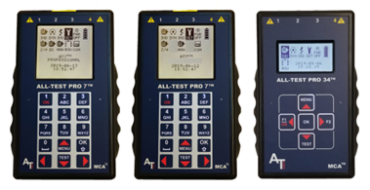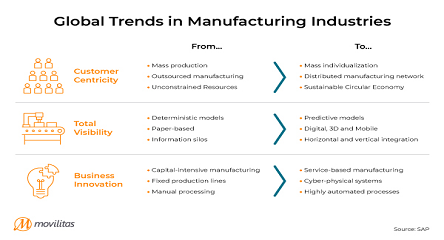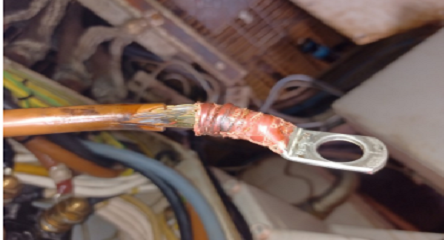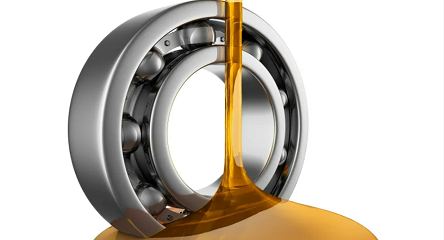The Importance of Predictive Maintenance

As early as the 1960’s, many companies realized that by routinely monitoring the operating condition of rotating equipment it is possible to obtain an advanced warning of operational or other problems that would impact continued efficient operation. This early warning provides time to remove the machine from operation and affect minor repairs and adjustments before catastrophic failure occurs.
This maintenance philosophy, referred to as Predictive Maintenance (PdM), has escalated since the early 1980’s, with the introduction of microprocessor-based data collectors. Many of the machines’ operating characteristics, such as temperature, pressure, oil condition, vibration and performance can be trended to identify changes. However, one of the glaring holes in predictive maintenance has been the inability to identify faults easily & accurately within electrical equipment, such as motors, transformers, solenoids and other like equipment. One of the main reasons for this was the lack of available easy-to-use predictive maintenance instruments for testing motors and other electrical equipment.

Predictive maintenance instruments should be:
• Hand-held
• Easy to use
• Provide output in conventional units
Implementing Predictive Maintenance
Implementing a successful predictive maintenance program requires more than purchasing an instrument and taking data. Predictive maintenance programs when successfully implemented require a complete understanding of the PdM process.
Successful predictive maintenance consists of three phases – Detection, Analysis and Correction. Each one of these phases is important in its own aspect. Problems are created when short cuts are taken, and phases are skipped or combined.
Detection
The detection phase involves periodically monitoring the operating characteristics of the selected equipment. These values are trended, compared to previously recorded data from that machine or similar machines, then compared against predetermined or published standards and/or reviewed for any change.
During the detection phase, the data collection process should be done quickly and carefully, with the intent of monitoring as many machines as possible.
When a change is detected, additional data may be necessary, to determine the cause of the machine’s condition change. This is done during the analysis phase.
In most cases, the MCA™ data taken during the detection phase may be sufficient to identify developing shorts or other winding issues. But at times, additional data or testing needs to be performed to identify the problem more accurately.
It is usually a waste of time to perform these tests for a more detailed analysis during the detection process, as it slows down the detection process. Most experienced predictive maintenance departments have recognized the importance of separating these two processes.

Analysis
The analysis process involves taking additional and perhaps different types of tests than the detection process. This additional testing may require disconnecting the motor from the load, turning the shaft, or separating the motor leads and requires more time to take the data. Since usually only a few machines during the detection inspection exhibit any significant change, it is usually more time effective to only take the data necessary to identify a change during the detection process, and then go back for a more detailed look once a change is detected. However, if the plant site is remote or has other access limitations, these may justify more detailed data be taken during the detection process.
Correction
The correction phase involves correcting and eliminating the problem that triggered the analysis. This may require cleaning a motor, tightening connections, or a complete motor rewind. The exact type of correction and repairs are determined by the analysis.









I’m worker in predictive maintenance so unfortunately most of the correction must be done by maintenance and the responsible doesn’t believe recommandation they prefer to run after break down